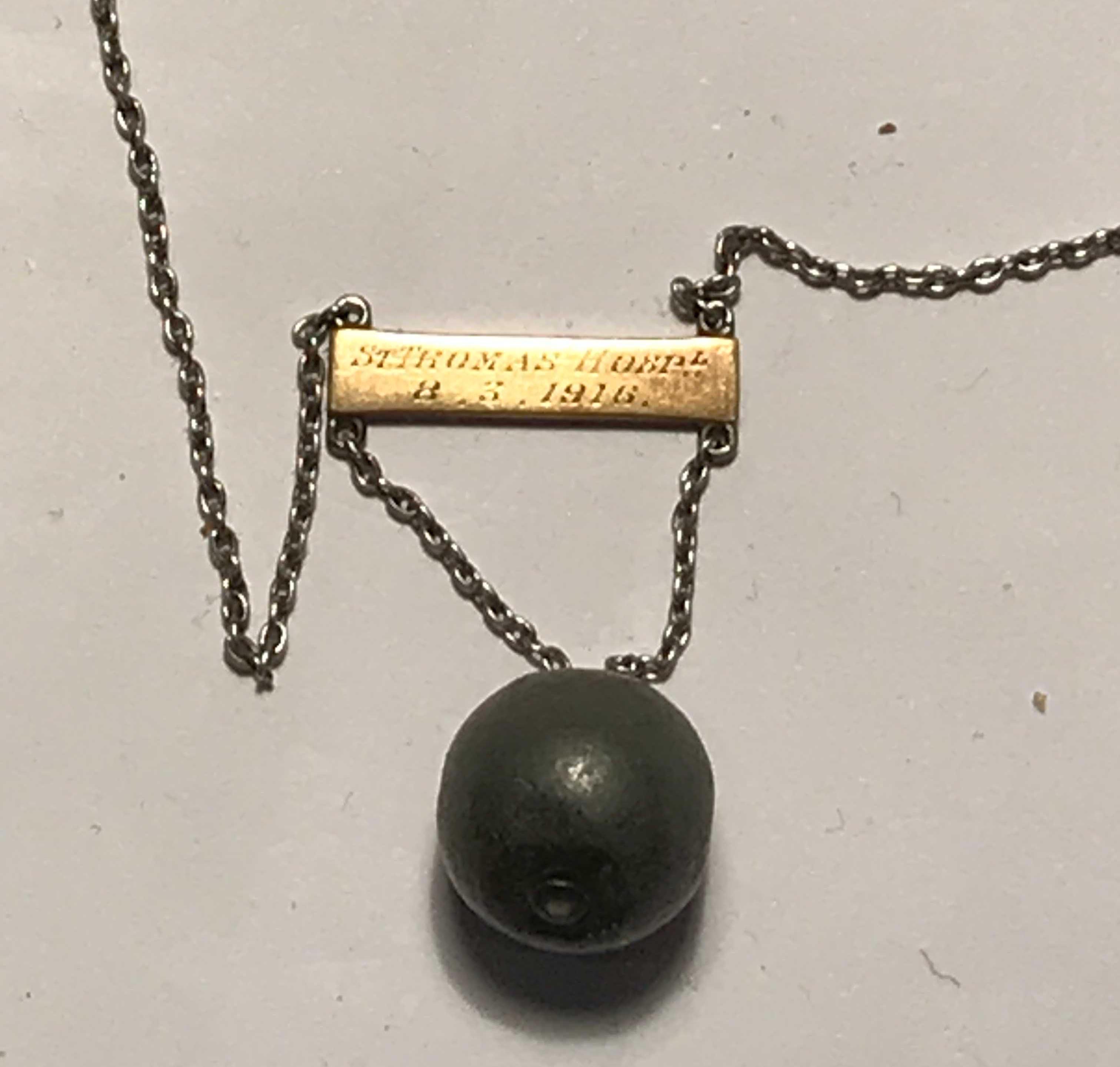Perceptive members of the National Liberal Club will have noticed that there is no memorial to the Great War in the Club but only the quite discreet tablet commemorating the names of Club servants who died in the war. Tradition has it that the lack of memorial was a deliberate decision of the General Committee at the time. The centenary of the November 1918 Armistice is a good moment to research the background to the decision.
On 4th December 1918, less than a month after the armistice, the Club's General Committee discussed setting up a joint committee "to arrange for a Memorial to Members and Staff who had fallen in the War." A "Progressive" (ie Lib-Lab) member of the London County Council and NLC member, Sir Edward Smith, proposed an amendment that the memorial should include the names of all Members and Staff who joined HM Forces. This was accepted, though it was later pointed out that it would involve around 400 Members and 100 Staff!
On 28th January 1919 the Club duly agreed the membership of a war memorial sub-committee to make recommendations to the General Committee. Given that the sub-committee comprised all the Club's Art Committee plus two additional individual members, it would appear that it was taken for granted that there would be a memorial and that what form it should take was the issue that was to be discussed.
On 5th March 1919 the sub-committee reported to the General Committee that the memorial should be paid for out of Club funds, that it should be an artistic mural and "that it should commemorate all those, whether members or staff who fell in the war". But, at that General Committee meeting, two members, Thomas Coote and George Marlow Reed proposed and seconded that the matter be referred back to the sub-committee. This was carried and, although the sub-committee staggered on for a further year with the same membership as the Art Committee, it did not bring any further recommendation forward until on 3rd November 1920 when, on the "Question of a War Memorial, Mr Atkinson stated that Members of the Art Committee had found on testing opinion of Members of the Club that there no widespread desire for a memorial." The sub-committee was then discharged with only one member of the General Committee objected.
Who then were the two members who successfully opposed a war memorial? Both were distinguished politicians. Thomas Coote JP, who was an original member of the Club from 1882, was briefly Liberal MP for Huntingdon in 1885. He was a leading coal merchant in the St Ives, Huntingdon, area. George Marlow Reed joined the Club in January 1908, and was a prominent member of the Middlesex County Council. He owned a large factory in Burton on Trent that manufactured "vitrified pipes" for sanitary ware, chimneys etc. What was it that moved these two businessmen and respected Liberal politicians to oppose the erection of a war memorial in the Club?
 Douglas Coote's bullet
Douglas Coote's bullet
I managed to trace descendants of both men and they were extremely helpful in providing information. Both Thomas Coote and George Marlow Reed had sons who served on the Western Front, and who were fortunate enough to survive the war. Douglas Coote was an officer in the 6th Battalion of the East Kent Regiment and in March 1916 his battalion was engaged around Loos and the Hohenzollern redoute.
He was shot in the neck and repatriated to his home in Huntingdon. The bullet was removed - and preserved! (See illustration.)
Harry Leslie Reed (invariably known as Leslie) was much more of a traditional soldier. He had been a Second Lieutenant in the Westminster School Officer Training Corps, which ensured that he received a commission in the Middlesex Regiment on his entry into war service in December 1915. Miraculously he was involved in a number of engagements in the Battle of the Somme without being wounded. But this did not enable him to escape psychological injury and he had to have sick leave in 1916 and was later hospitalised and returned to England with "neurasthenia", often used a medical term for shell shock. Leslie remained on the army general staff with the rank of Major until February 1920.
Neither Thomas Coote nor George Marlow Reed, the Club members who led the opposition to a memorial, left any details of what motivated them and one has to deduce reasons from their families' experiences of the war. I know from my work on the history of Leeds that a much under researched area of the consequences of the Great War is its effect on families. In the early 1920s one regularly comes across reports of the suicide of the fathers of officers killed in the war. The history of the Luptons, a distinguished Leeds family, who lost all three sons, relates that their father, "was never the same man." No doubt the soldiers' mothers suffered equally but they did not appear to have the same extreme response.
In this context both Coote and Reed may well have had similarly jaundiced views of the war and of its futility from the experience of their sons and, possibly, their altered state after the armistice. This may have been what spurred them to oppose a memorial. We cannot know for sure but they certainly felt strongly enough to take a stand.
In the final twist of the story, the proposal to erect a tablet to honour the names of members of staff who had died in the war was first discussed on 17th October 1923 and was agreed on 2nd April 1924.


